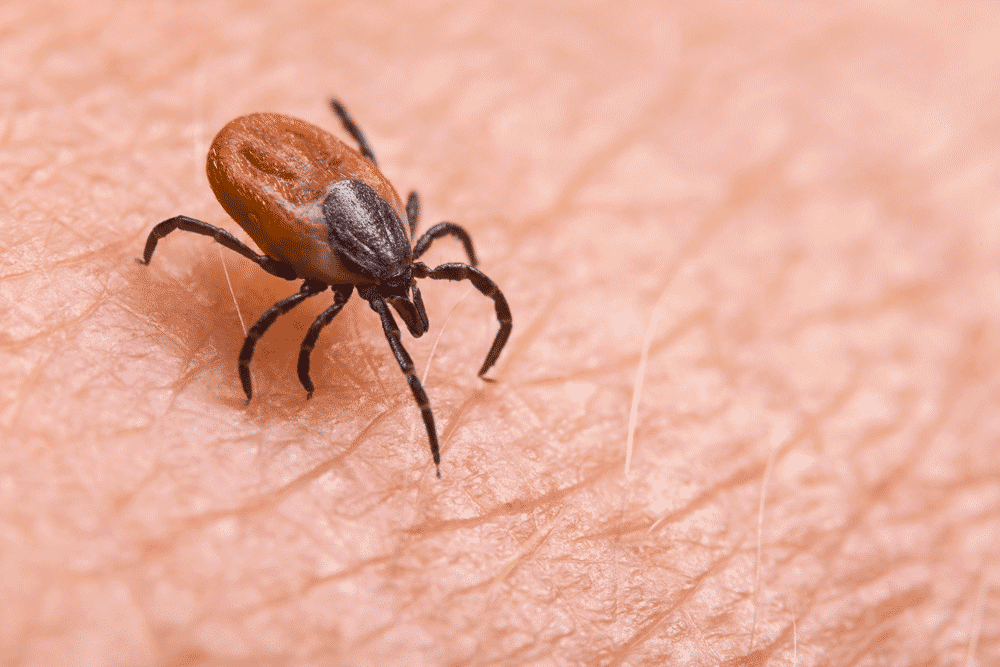Other Tick-Borne Illnesses
Lyme disease is the most common tick-borne illness in the United States. But there are a lot of other diseases that can be transmitted by a tick you need to be aware of if you have recently been bitten. It’s possible you can be co-infected with both Lyme disease and one of the following tick-borne diseases.

Anaplasmosis
This disease is transmitted to humans via the black-legged tick (Ixodes pacificus) found in the northeastern and upper midwest and the western black-legged tick (Ixodes pacificus) on the Pacific coast. Symptoms often include headaches, fever, chills, and myalgia.
Babesiosis
Caused by the babesia microti and other Babesia bacteria, Babesiosis is a malaria-like infection of the body’s red blood cells. The symptoms can be life-threatening, and up to 20 percent of patients diagnosed with this disease also report having Lyme disease.
Borrelia Miyamoto
This strain of bacteria is related to the bacterium that causes Lyme disease, Borrelia burdorferi. Borrelia Miyamoto causes similar symptoms to Lyme disease like fatigue, joint pain, and headaches.
Colorado Tick Fever
Commonly found around the Colorado mountain range, this virus can cause a high fever and a faint rash. Symptoms often reoccur after around 2-3 days of remission. This virus can be transmitted person-to-person via blood transfusions.
Ehrlichiosis
Transmitted to humans by the lone star tick (Ambylomma americanum), this disease is found in the southcentral and eastern states. Neurological complications can occur, and a delay in treatment can make the disease fatal.
Lyme Disease
Lyme disease is the most common tick-borne illness in the U.S., with cases found in every state. It’s caused by the borrelia burdorferi bacterium and can often be diagnosed from a bulls-eye red rash on the body.
Powassan Encephalitis
This viral brain infection is caused by the Powassan virus and is found mainly in the northeastern states. It’s a fast-moving infection that can cause seizures, aphasia, dementia, and death.
Relapsing Fever
Caused by the borrelia hermsii bacterium, elapsing fever is a multi-system infection with symptoms similar to Lyme disease. Those infected will experience a fever lasting ~3 days, followed by ~7 days with no fever, and then repeating the cycle.



